
3 New Major Design Details Mahindra XUV 3XO Will Pack Over...
- Apr 12, 2024
- Views : 7719

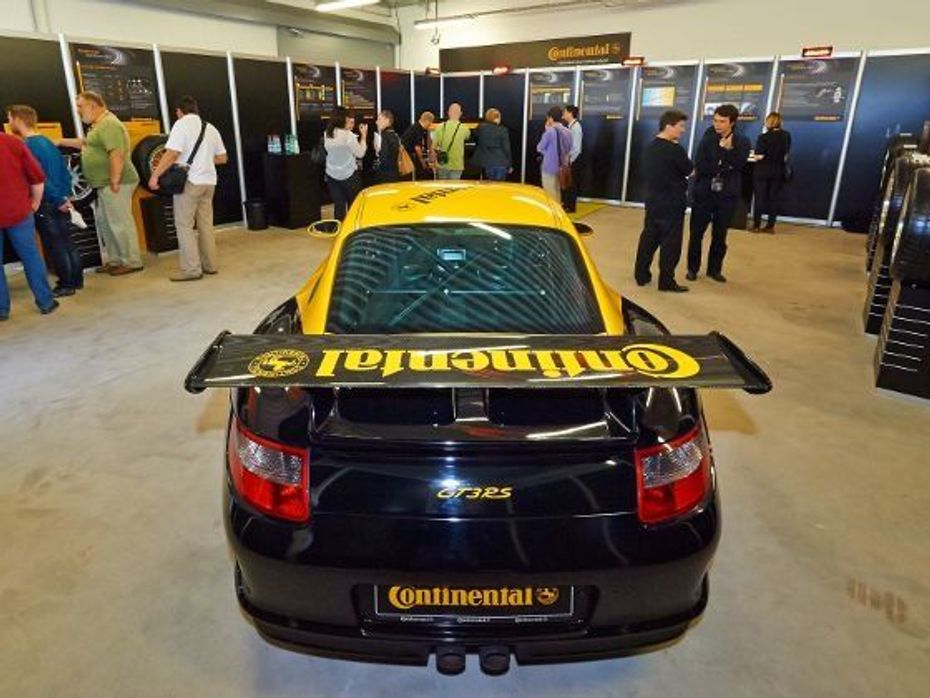
Usually tech days with auto component makers are boring affairs, with arduous classroom-type sessions followed by looking at various components neatly arranged on display tables. I’ve been to quite a few of those, believe me. But Continental’s TechShow 2013 is something that is going to stay with me for quite a few days to come. Journalists from literally all over the world were invited to the company’s testing facility near Hannover, the ContiDrom, to actually get some hands on experience with some of the cutting edge automotive technologies which will be making their way into our cars in the near future.

The twenty or so test vehicles demonstrated the very latest Continental is working on at the moment, centred on five technology islands – Automated Driving, Electrification Tailored to Fit, Connectivity, Ultra-high Performance Tyres and Engineering Green Value. Development in technologies from all these subjects aims at increasing automotive safety, maximising efficiency and also enabling and improving the way vehicles communicate not just with their own systems, but also other vehicles and infrastructure. As said Dr Elmar Degenhart, Chairman of the Executive Board of Continental, puts it "We know exactly what car manufacturers will be working on in the coming decade. Together with them and for their benefit, we are currently working on those features that will be available in the automobile of tomorrow. In three out of four vehicles, our solutions are already helping millions of people around the world to get to their destination safely, comfortably, cleanly and affordably. We want to build on this."
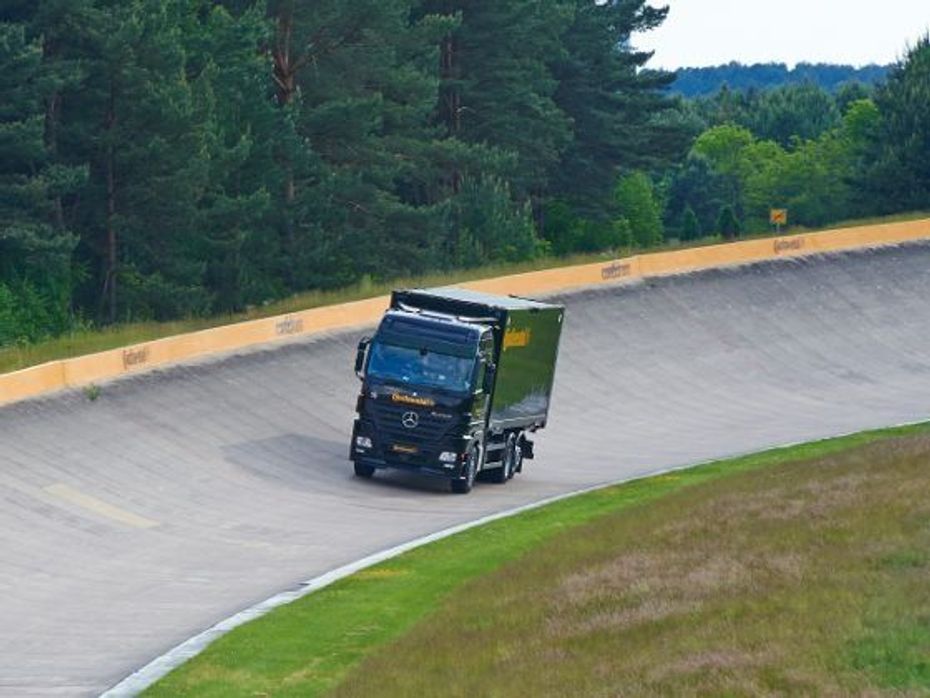
While automobile manufacturers continue making progress on their own vehicles, component makes like Continental have the freedom to work on cross platform solutions which can be integrated far more easily into not just vehicles of future but the cars we drive today as well. And the chance to experience such technologies, rather than just seeing them or reading about them is enough to make one feel hopeful about the future of our beloved automobiles.
NEXT PAGE: Automated Driving >>
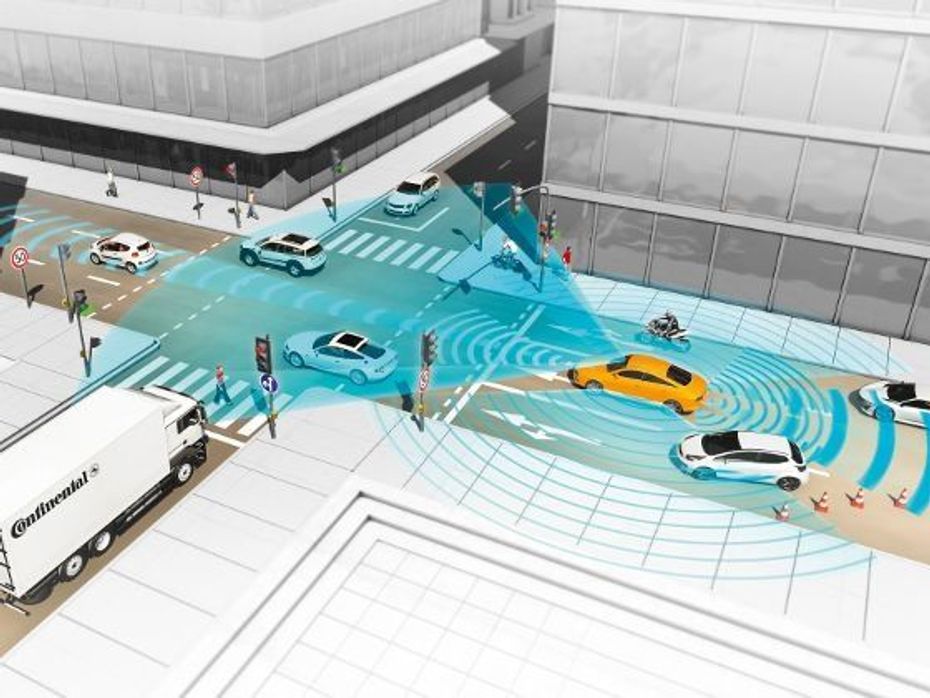
Automated Driving
With 1,300 specialists within the Continental group working on key systems for driver assistance and other sophisticated systems, automated driving is the company’s cornerstone for the future of mobility as it sees it. Work towards this front of course happens in baby steps, with driver assistance systems fully coming operational in the immediate future and then moving towards partially automated driving with the final goal of fully automated driving being realised by the year 2025. That’s the plan at least. A lot of things have to happen before an objective as lofty as this is achieved, which not only includes development of the appropriate technologies, but legislation changes as well. In early 2012, the state of Nevada in the US passed the first laws permitting automated driving vehicles on its highways, and Continental has been one of the biggest players in this field, putting in over 15,000 miles of highly automated driving on public roads in Nevada.
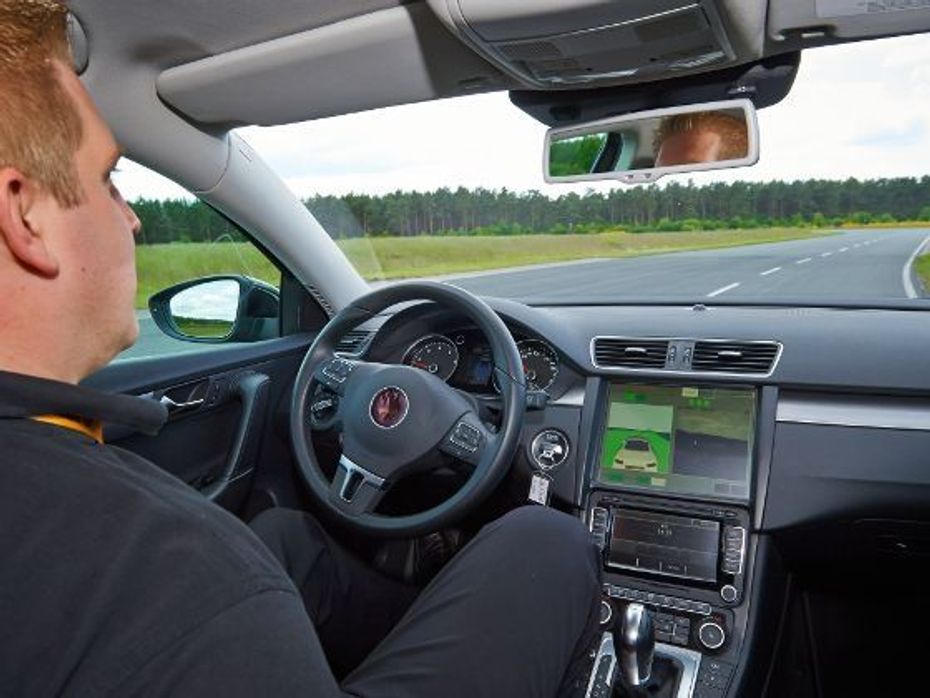
The thought that our car is not in our own control and is making decisions which affect the safety of its occupants and of those outside is somewhat frightening to most of us. And indeed when I got into one of Continental’s self driving cars, the feeling was rather unnerving. But using a huge host of sensors which include long range radar, short range radar, a stereo camera and other cameras located all around the car, the technology demonstrator was able to follow the road by itself, maintain distance to the car in front, slow down when required and even come to a complete halt on its own when the car in front stopped. Some of the more fascinating abilities of this car included safely navigating through diversions around road works, braking for pedestrians if the driver didn’t take any action and even automatically swerving to avoid a pedestrian who happened to jump onto the road.

After some pondering, one realises that a car which can take over driving functions in stop and go traffic conditions during rush hour might not be such a bad thing after all, and this Continental believes will be achievable by just 2016. And though this system will require human monitoring, it isn’t so hard to believe by 2025, our cars will be able to handle all the monotonous bits of driving all by themselves, freeing us up to utilise the time spent inside our automobiles to enrich our lives.
NEXT PAGE: Electrification Tailored to Fit >>
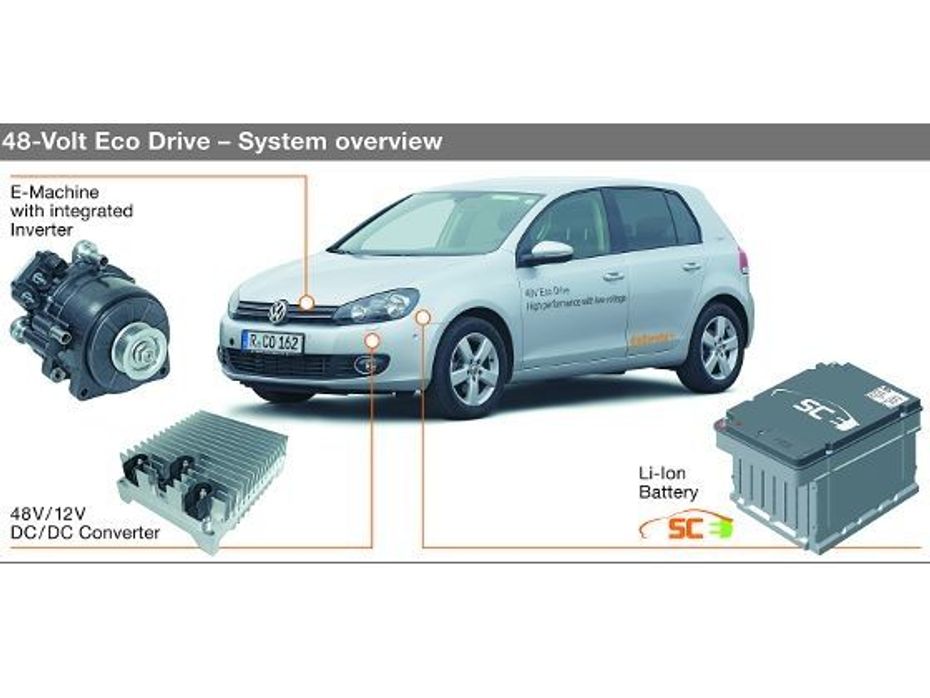
Electrification Tailored to Fit
Let’s face it; the internal combustion engine is on its way out. Not today, but rather soon. Already hybrid hysteria has gripped more mature automotive markets such as the US and some parts of Europe and fully electric cars too are getting more practical day-by-day. That being said, the cost involved in hybrid drive and fully electric systems is rather high which makes it a severe deterrent for adoption in developing markets such as India. The first step towards making such systems available to younger markets is the adoption of 12V start-stop systems or ‘micro-hybrids’ which do yield some improvement in efficiency. But there still remains a huge gap between these micro and more sophisticated high-voltage hybrids, which Continental seeks to address with its 48-volt Eco Drive system.
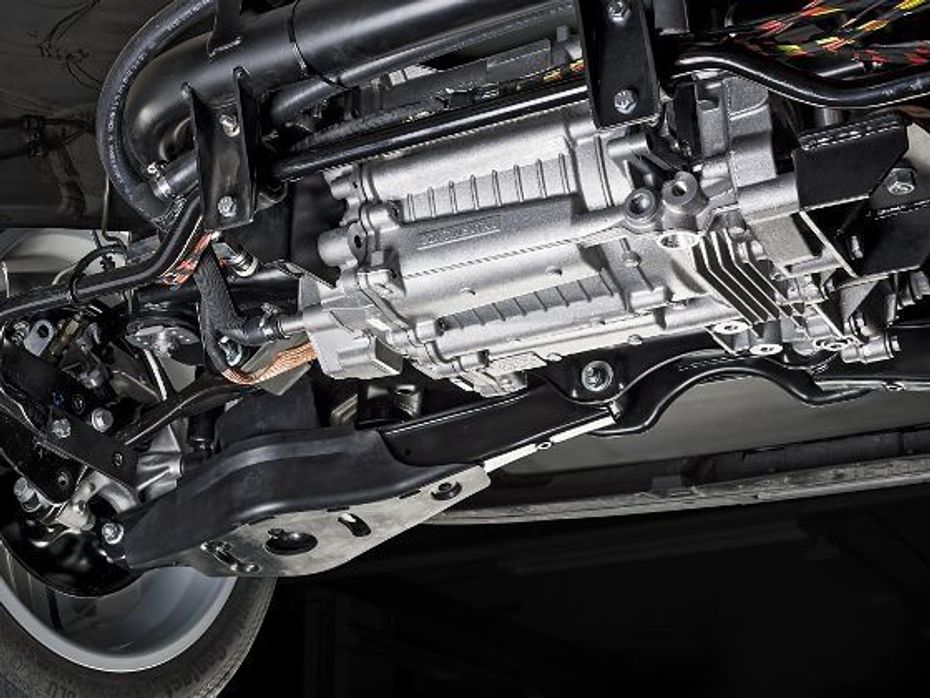
The 48-volt starter generator provides faster and quieter restarts for the start-stop system, but more importantly it can also recuperate energy from braking. The best part about this system is that it doesn’t need to interfere with the regular engine-transmission configuration, making it the ideal solution for smaller cars which are popular in developing markets. This system also allows for no fuel to be consumed during sailing and coasting and hence provides up to 13-percent reduction in CO2 emission compared to a regular IC engine. And the system’s low-voltage means there is no need for special safety precautions. Continental is also working on plug-in hybrid and full electric systems with its JV partner SKI, which is and expert in battery technology, making for multiple electric solutions to fit for literally ever need.
NEXT PAGE: Connectivity >>
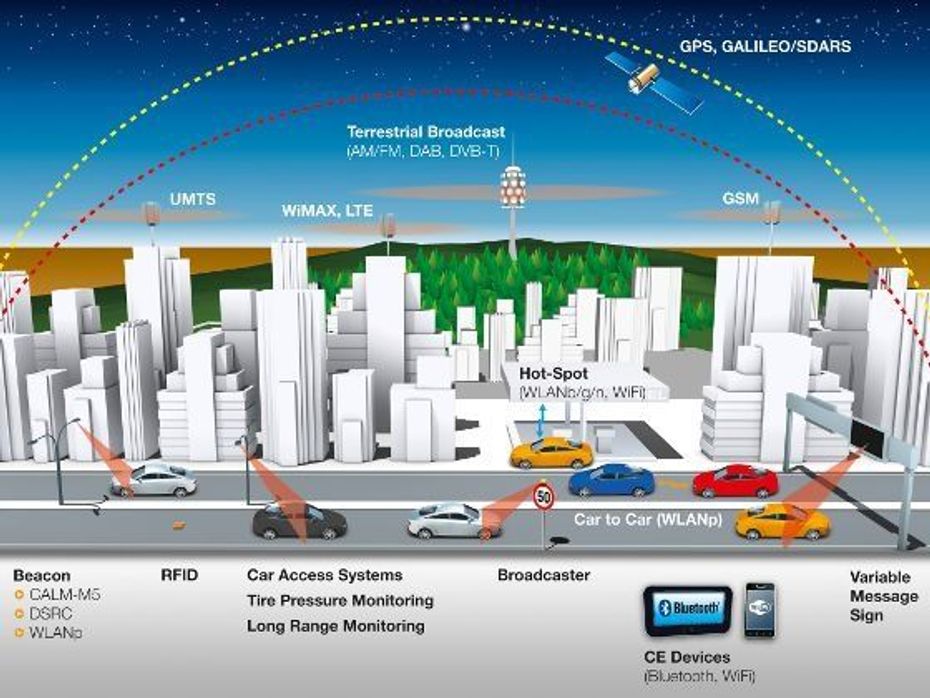
Connectivity
We live in a connected world, and day-by-day, more parts of our lives are getting integrated into this connected world. Take the humble mobile phone for example. What began as a device for calling on the move has become a connected device which functions as a camera, a video recorder, a planner, a reference library and a lot more all rolled into one. And its not just phones. While modern smart phones may act as a hub for connectivity, we have running shoes which can document our training online and even kitchen appliances which we can control from anywhere in the world. It’s only natural that this connected world assimilates our automobiles as well.
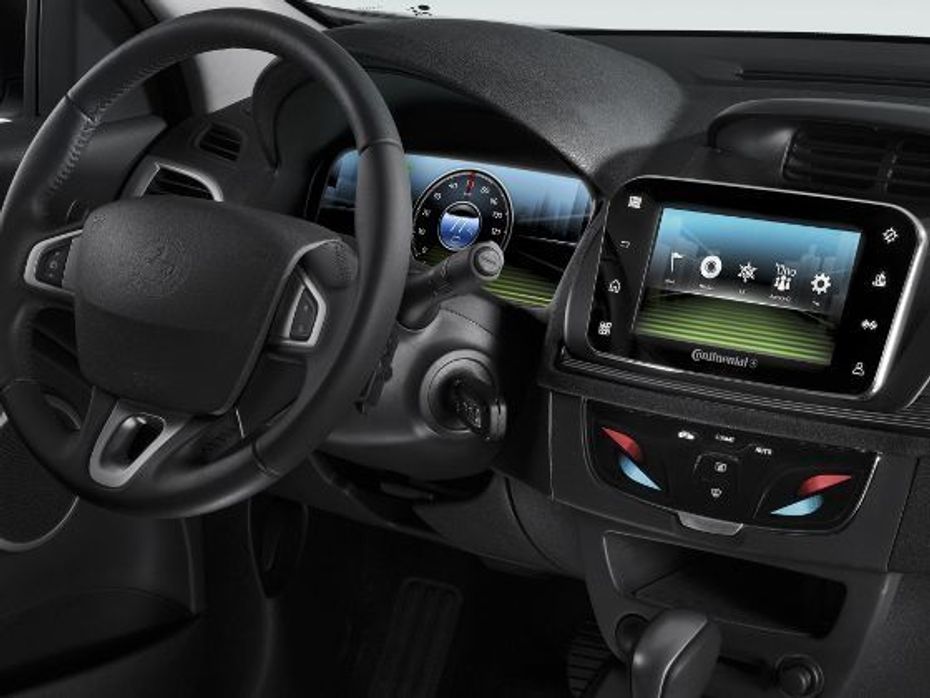
One of the first levels of integration that we’re already seeing is connectivity between our smart devices and our car’s infotainment system, which allows for a far richer driving experience. And this can only grow. Ralf Lenninger, head of the Strategy and Development department of Continental’s Interior division explains “If we take a look at the consumer’s behaviour it becomes obvious: In the next few years, the connection of vehicle infotainment features to the Internet will become more and more widespread”. One of Continental’s innovations, which would be an ideal solution for emerging markets, is the smart instrument cluster which can read GPS data from a smart phone and directly display navigation information on the car’s instrument panel. We had already seen some of this integration in Continental’s Simplify Your Drive (SYD) demonstrator car in India and the application of such systems, with increasing connectivity options such as Near Field Communications, is endless.

And it’s not just convenience that gets improved with such connectivity, but safety as well. To reduce driver distraction, Continental is also working on a concept that links the driving situation and the driver’s attentiveness. In the Driver Focus Concept Vehicle, an infrared camera in the cockpit records the driver’s state of attention, and sensors in the driver assistance systems such as lane departure warning and adaptive cruise control detect a potentially hazardous situation. Both sources of information are integrated into a 360-degree LED light strip inside the vehicle to direct the driver’s attention directly to the hazardous situation. Connectivity is going to be the basis of safety for driving in the future.
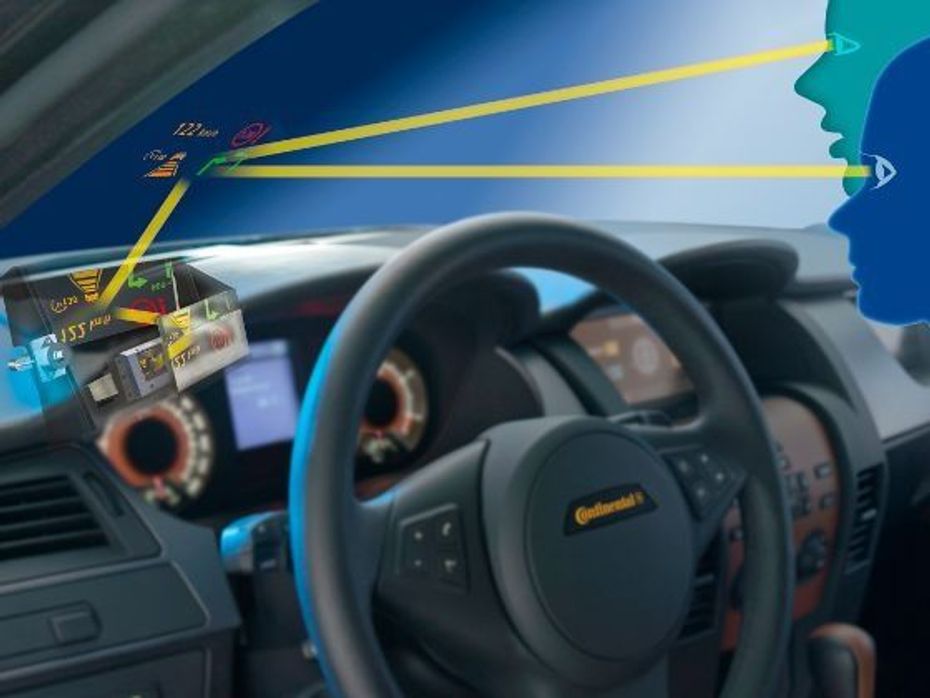
Networked cars can pass on information about hazards on the road to the cloud, which can be read by other cars in the vicinity. A system like rain sensors, which at the moment controls automatic windshield wipers, if networked, could not only prepare the car’s other systems for wet conditions, but also send a warning to cars behind about impending rain. Linking different industries by relying on a high-scaling IT infrastructure is one of Continental’s highest priorities. As Lenninger adds “With vehicle-to-X communication, we are basically expanding the sensing range of the vehicle’s own sensors by a cloud-based seventh sense. This makes the vehicle part of the Internet of Everything and creates the basis for an intelligent transport system with a whole new world of functions.”
NEXT PAGE: Ultra High Performance Tyres >>
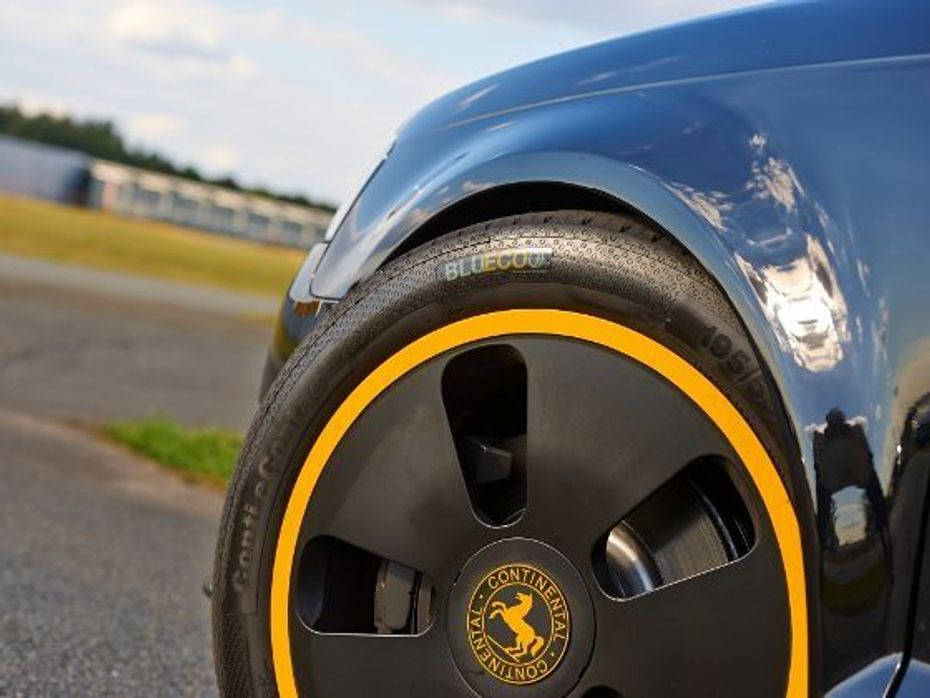
Ultra High Performance Tyres
While Continental develops a whole host of automotive technologies, one of the company's specialities is tyres. A chance to sample some of Continental's ultra high performance ContiSportContact 5 summer tyres in wet conditions was too good to pass up, especially since it involved driving around the handling track in a 270 horsepower VW Golf R. Impeccable performance of course, but Continental's work on special tyres for eCars, with low rolling resistance, yet high grip, is remarkable as well. Another impressive aspect of the tyre demonstration was the next generation of tyre pressure sensors which sit inside the tyre tread, network with suspension load sensors and recommend the appropriate pressure straight to your mobile device.

Automated Indoor Braking Analyser (AIBA)
One important aspect of producing high performance tyres is testing these tyres and one of the most important tests is braking distance as it directly correlates to occupant safety in an emergency situation. To ensure precision and repeatability of braking tests, Continental has built the AIBA facility at the ContiDrom - a 300 metre long climate controlled hall which can automatically replicate braking tests with superhuman perfection. When a car, fitted with the tyres to be tested, enters the facility, it is loaded with measuring equipment and connected to a guiding system.
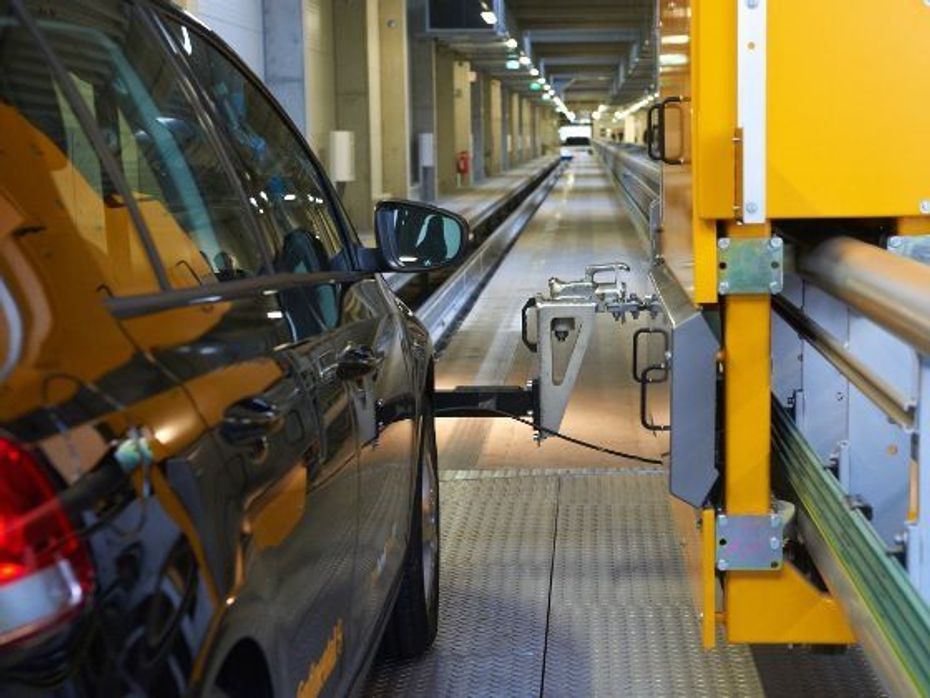
This guiding system is then connected to a caddy which moves the car to the end of the facility, turns it around on a turntable and lines it up with the braking surface. An electromagnetic accelerator then propels the car to the desired speed and as it reaches the braking surface, the car's on-board braking robot hits the brakes. The AIBA facility makes for testing all year round no matter what the external weather conditions and is so highly automated that it requires just one operator to conduct the test runs. What's more, the facility can store up to five different braking surfaces and can swap out one for another in roughly 10 minutes at the push of a button. This one-of-a-kind facility has improved the precision of Continental's brake tests by 70-percent.
NEXT PAGE: Engineering Green Value >>
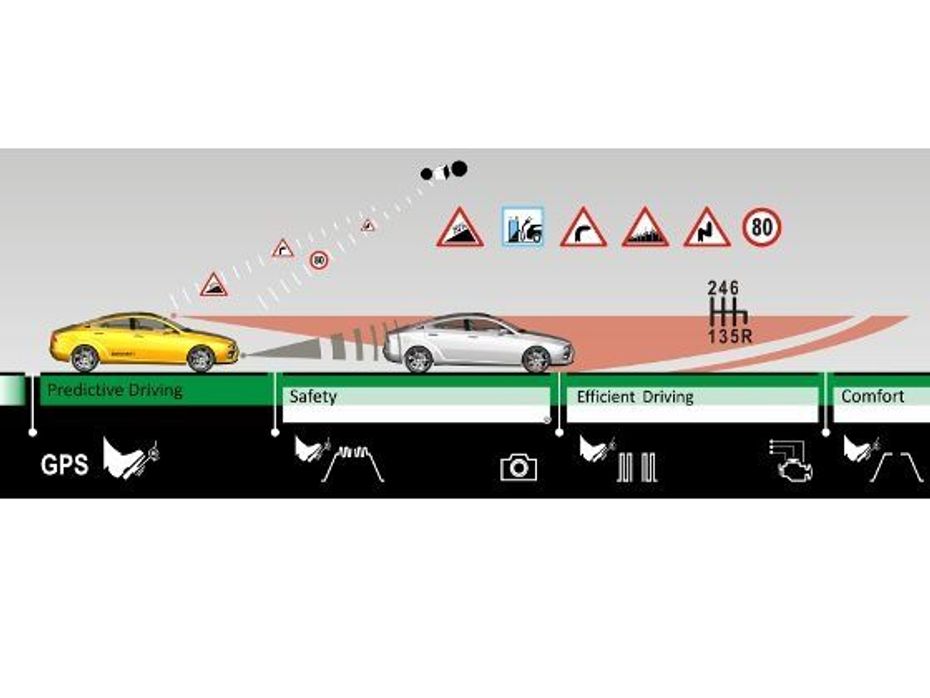
Engineering Green Value
"Green Mobility" is the mantra of the hour and this is something Continental understands very well. Even without the use of electric and hybrid systems, the company is working on increasing efficiency of vehicles in the most ingenious ways possible. The 'eHorizon' concept receives information about upcoming traffic and road conditions and gives haptic feedback to the driver from the accelerator pedal. This helps in predictive driving, which can bring down fuel consumption and lower emissions. Apart from this, replacing steel components with aluminium, and aluminium components with plastics glass-fibre-reinforced polyamide can reduce weight of otherwise heavier components, bringing overall vehicle weight down and improving efficiency.

3 New Major Design Details Mahindra XUV 3XO Will Pack Over...

Citroen Basalt vs Tata Curvv: Exterior Design Compared

Here’s How Fuel Efficient The 2024 Maruti Suzuki Swift Sold In...

This Tata Car Has Been Announced As The Official Car For IPL 2024

10 New Features Expected In The Upcoming 2024 Mahindra XUV 3XO...

The Fronx Has Been Rebadged! Meet The Toyota Urban Cruiser Taisor,...

Here’s How The Toyota Crossover (Taisor) Will Be Different From...

Mahindra XUV300 Facelift: Three Different Variants Spied Together

Toyota Urban Cruiser Taisor : Base “E” Variant Detailed...
India's largest automotive community